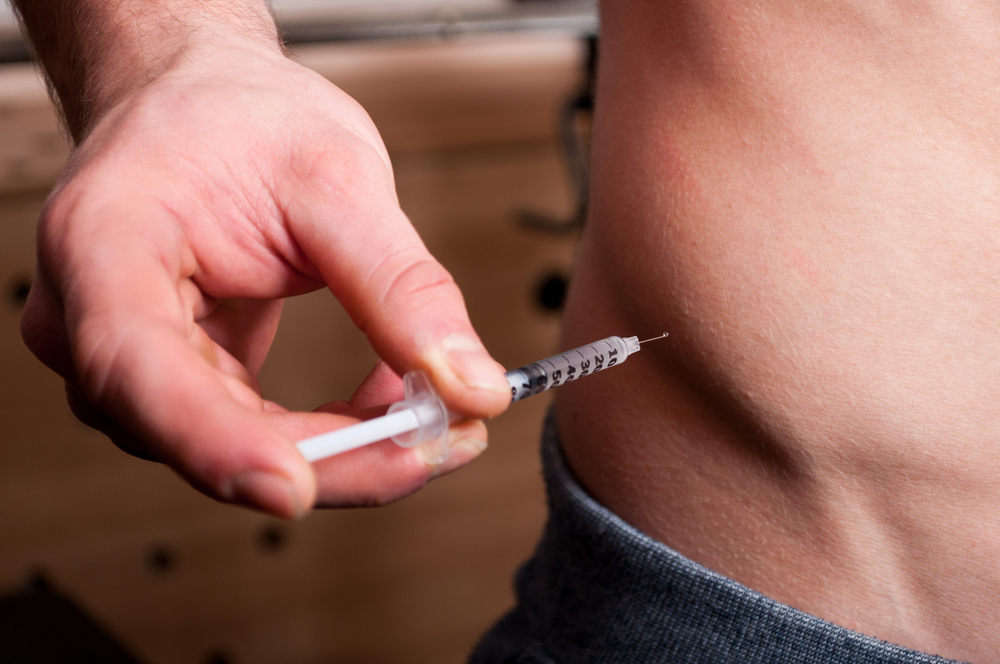The 'Doping Arms Race': How Athletes Evade Testing

For as long as athletes have been trying to game the system by doping, officials have been coming up with ways to catch them.
However, testing athletes for doping can be complicated, as there is no single test that can reveal if an athlete has taken a suspected drug or used any of the banned performance-enhancing techniques, such as blood doping.
Rather, each drug — and there are hundreds — requires its own test, said Rhonda Orr, a senior lecturer in exercise and sport science at the University of Sydney in Australia. [Doping at the Games: Why the Olympics Banned These Drugs]
"A specific, standardized testing regime has been tailored for each drug," Orr told Live Science. Each drug leaves its own unique "signature" in the blood, Orr said. The tests either pick up the drug itself or molecules that are formed when the drug is broken down in the body, she said.
But because labs test for specific drugs, athletes can get around testing by taking a slightly different drug — one for which the labs don't test.
"A good chemist with the right training" could tweak the drug slightly so that it's no longer detected on the tests, said Tom Hildebrandt, a psychologist and the director of the Appearance and Performance Enhancing Drug Program at Mount Sinai Health System in New York.
Indeed, athletes and their support teams who are intent on gaining that competitive edge will look for new strategies as new designer drugs become available, Orr said. And so labs need to be vigilant and rapidly adapt to catch these new drugs, she said.
Sign up for the Live Science daily newsletter now
Get the world’s most fascinating discoveries delivered straight to your inbox.
This constant development of new drugs and new ways to test for them has led to a "doping arms race," Orr said.
The second sample
One way that labs can stay ahead of the game is to save blood samples. That means that even if athletes use a drug that isn't currently tested for by officials, they might not avoid the consequences forever.
When athletes are drug-tested, labs often put aside a small sample of blood to save for later, Hildebrandt said. This way, when labs develop new tests for drugs in the future, those second samples can be tested, he said.
This "retrospective" testing approach can indeed deter some athletes from doping, said G. Gregory Haff, an associate professor of strength and conditioning at Edith Cowan University in Australia. Athletes can have their medals taken away if labs discover that they were doping during a past competition, Haff said. [10 Biggest Doping Scandals in Olympics History]
Hildebrandt agreed. "It's a good way of keeping people honest," he said.
The single-test possibility?
Developing a single test for all doping drugs could thwart athletes' attempts to cheat.
Given the wide range of doping possibilities, scientists aren't there yet. But still, they have taken steps to develop a test that may be able to screen for many drugs that fall into a particular group: androgenic steroids.
All of the androgenic steroids, and the many substances that scientists have tweaked so that they have the same effect, but aren't caught in tests, work by binding to the androgen receptor, Hildebrandt said.
One new method for testing is to look at the receptor, rather than look at the various drugs, he said.
With this new method, scientists take cells with those receptors and add a special tag to them in the lab, Hildebrandt said. Then, the blood being tested is added to a dish with the receptors, he said. If the tags "light up," scientists know that something in the blood is binding to them, he said. However, the method has not yet been widely adopted.
Because the test wouldn't reveal what substances were binding to the receptors, it would probably work best as a screening test, Hildebrandt said. Labs could use the test first, before going on to other tests that look for specific drugs, he said.
Originally published on Live Science.

What are mRNA vaccines, and how do they work?
Deadly motor-neuron disease treated in the womb in world 1st











